Home>Maintenance & Safety>Home Maintenance Checklists>What Size Trash Can Fits Grocery Bags
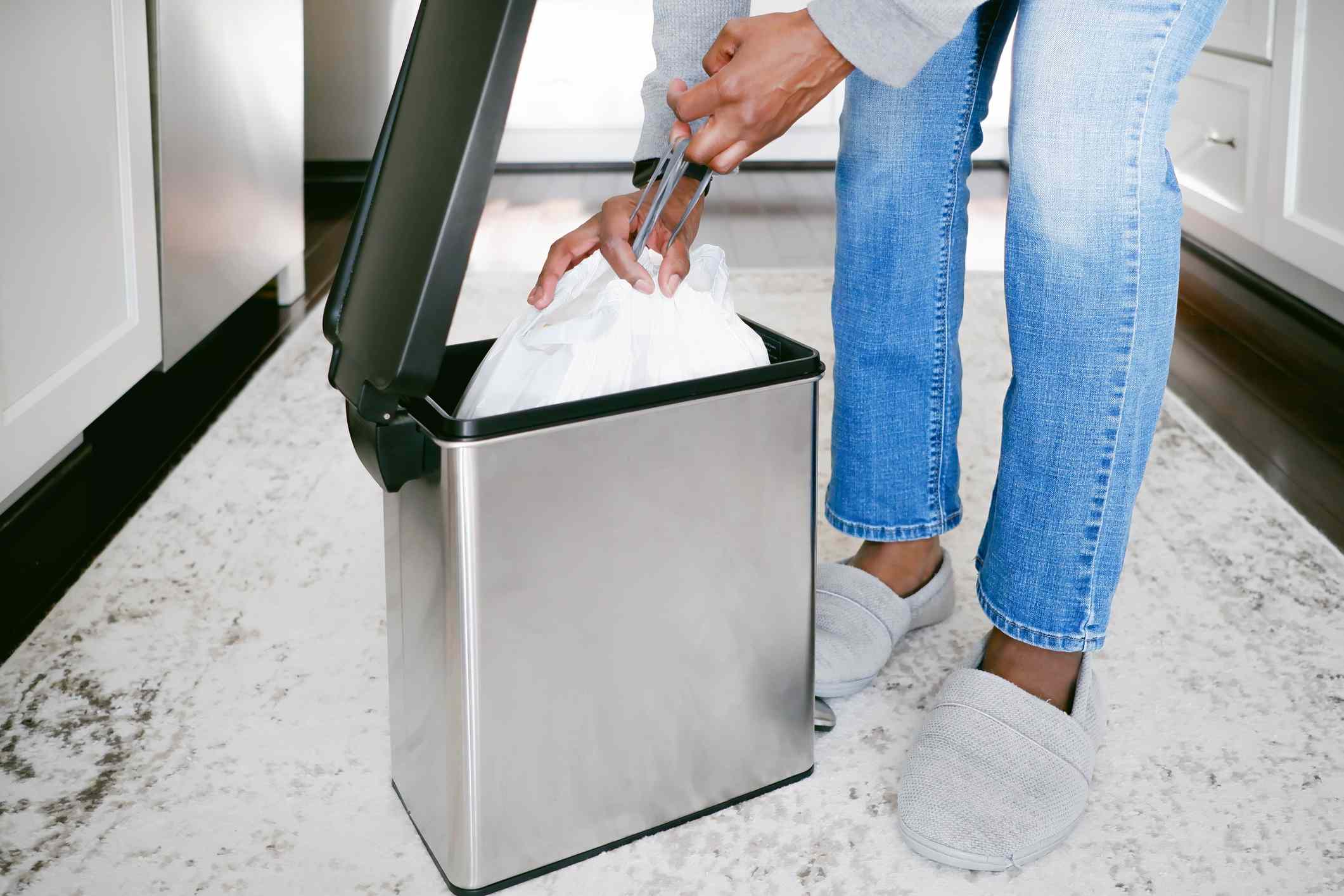

Home Maintenance Checklists
What Size Trash Can Fits Grocery Bags
Modified: February 18, 2024
Find the right size trash can for your home with our helpful guide. Learn how to fit grocery bags and more with our home maintenance checklists.
(Many of the links in this article redirect to a specific reviewed product. Your purchase of these products through affiliate links helps to generate commission for Storables.com, at no extra cost. Learn more)
Introduction
When it comes to managing household waste, the right trash can size can make a significant difference. One common concern for many homeowners is finding a trash can that perfectly accommodates their grocery bags. After all, repurposing grocery bags as trash bags is a convenient and eco-friendly practice. However, determining the appropriate trash can size for grocery bags involves a bit of consideration and understanding of the available options. In this guide, we'll explore the standard sizes of grocery bags, delve into common trash can dimensions, and provide insights into matching the ideal trash can size to your grocery bag dimensions. By the end of this article, you'll have a clear understanding of how to choose the right trash can size to seamlessly integrate with your grocery bag usage, making waste management in your home a breeze.
Key Takeaways:
- Choose a trash can size that matches your grocery bag dimensions for efficient waste management. Small bags fit small cans, medium bags fit medium cans, and large bags fit large cans.
- Consider household size, waste composition, space constraints, disposal frequency, and odor control when selecting the right trash can size. Align it with your grocery bag dimensions for an effective waste management system.
Standard Grocery Bag Sizes
Standard grocery bags come in a variety of sizes, each serving a specific purpose in the realm of shopping and household use. The most common grocery bag sizes include:
- Small Bags: These compact bags are typically used for lightweight items or quick shopping trips. They are often around 6 to 8 inches in width, 4 to 6 inches in depth, and 10 to 12 inches in height.
- Medium Bags: Ideal for average-sized grocery hauls, medium bags offer a balance between capacity and portability. They typically measure around 10 to 12 inches in width, 6 to 8 inches in depth, and 12 to 14 inches in height.
- Large Bags: Designed to accommodate bulk purchases and larger items, large grocery bags are spacious and sturdy. They usually range from 12 to 14 inches in width, 8 to 10 inches in depth, and 14 to 16 inches in height.
These dimensions may vary slightly depending on the specific retailer or manufacturer, but they provide a general idea of the typical sizes you might encounter when collecting grocery bags from various sources.
Understanding the standard sizes of grocery bags is crucial when determining the appropriate trash can size to ensure a seamless fit for your household waste management needs.
Common Trash Can Sizes
Trash cans are available in a range of sizes to accommodate different households and their waste disposal requirements. The most common trash can sizes include:
- Small (Under 20 Gallons): These compact trash cans are suitable for individuals or small households generating minimal waste. They are typically around 10 to 15 inches in width, 12 to 18 inches in depth, and 15 to 20 inches in height.
- Medium (20 to 40 Gallons): Ideal for average-sized households, medium trash cans offer a balance between capacity and space efficiency. They generally measure around 18 to 24 inches in width, 16 to 22 inches in depth, and 24 to 36 inches in height.
- Large (Over 40 Gallons): Designed for larger families or households with higher waste generation, large trash cans provide ample capacity. They typically range from 24 to 30 inches in width, 20 to 26 inches in depth, and 36 to 48 inches in height.
These dimensions are approximate and can vary based on the specific model and manufacturer. Understanding the common sizes of trash cans is essential for determining which one best suits your household’s waste disposal needs.
Now that we have an understanding of the standard sizes of grocery bags and common trash can dimensions, let’s explore how to match the appropriate trash can size to the dimensions of grocery bags.
Look for a trash can with a capacity of around 13 gallons, as this is the most common size that fits standard grocery bags. Make sure to measure the dimensions of the trash can to ensure it will accommodate your bags.
Matching Trash Can Size to Grocery Bag Size
Matching the right trash can size to the dimensions of your grocery bags is essential for seamless waste management. Here’s a guide to help you find the perfect fit:
- Small Grocery Bags: If you primarily use small grocery bags, a small trash can with a capacity of 10 to 15 gallons would be suitable. The compact size of the trash can complements the dimensions of the small bags, ensuring an efficient fit without wasted space.
- Medium Grocery Bags: For households that frequently use medium-sized grocery bags, a medium trash can with a capacity of 20 to 30 gallons is an ideal match. This size provides ample room for the medium bags and allows for efficient waste disposal without frequent emptying.
- Large Grocery Bags: If you often rely on large grocery bags for your shopping needs, a large trash can with a capacity of over 30 gallons would be the most suitable option. The spacious design of the trash can complements the dimensions of the large bags, accommodating bulkier items and reducing the need for frequent bag changes.
By aligning the size of your trash can with the dimensions of your grocery bags, you can optimize space, minimize waste, and streamline your waste management process.
However, it’s important to consider additional factors when selecting the right trash can size for your household.
Factors to Consider
While matching the trash can size to the dimensions of your grocery bags is crucial, several other factors should also influence your decision:
- Household Size: Consider the number of people in your household and the frequency of waste generation. Larger households or those with higher waste output may require a larger trash can, even if they primarily use small grocery bags.
- Waste Composition: Evaluate the types of waste you typically dispose of. If your waste includes a significant amount of bulky items or packaging, a larger trash can may be necessary to accommodate these items effectively.
- Space Constraints: Assess the available space for the trash can in your kitchen or designated waste disposal area. Ensure that the chosen trash can size fits comfortably in the allocated space without causing obstructions.
- Frequency of Disposal: Consider how often you prefer to empty the trash can. A larger trash can allows for less frequent emptying, while a smaller one may require more frequent disposal trips.
- Odor Control and Hygiene: Some larger trash cans come with features such as lids and liners that help contain odors and maintain cleanliness. These considerations are especially important if you anticipate disposing of organic waste or items with strong odors.
By taking these factors into account, you can make an informed decision when selecting the right trash can size for your household, ensuring that it aligns with both your grocery bag dimensions and your specific waste management needs.
With these considerations in mind, you can confidently choose a trash can that not only accommodates your grocery bags but also enhances the overall efficiency and convenience of waste disposal in your home.
Read more: What Size Trash Bag For 10 Liter Trash Can
Conclusion
Choosing the appropriate trash can size to fit your grocery bags is a crucial aspect of efficient waste management in any household. By understanding the standard sizes of grocery bags and common trash can dimensions, you can make an informed decision that optimizes space, minimizes waste, and streamlines your waste disposal process.
Matching the size of your trash can to the dimensions of your grocery bags ensures a harmonious fit, preventing unnecessary wastage of space and resources. Whether you primarily use small, medium, or large grocery bags, there is a corresponding trash can size that complements your needs.
However, it’s essential to consider additional factors such as household size, waste composition, space constraints, frequency of disposal, and odor control when selecting the right trash can size. By evaluating these factors, you can tailor your choice to suit the specific waste management needs of your household.
Ultimately, the goal is to seamlessly integrate your grocery bag usage with an appropriately sized trash can, creating a cohesive waste management system that meets your requirements while promoting sustainability and convenience.
With this comprehensive understanding of how to match the right trash can size to your grocery bag dimensions, you can make a conscious and well-informed decision that enhances the efficiency and effectiveness of waste disposal in your home.
By carefully considering these factors and aligning the trash can size with your grocery bag dimensions, you can create a waste management system that not only meets your current needs but also adapts to any future changes in your household’s waste disposal requirements.
Frequently Asked Questions about What Size Trash Can Fits Grocery Bags
Was this page helpful?
At Storables.com, we guarantee accurate and reliable information. Our content, validated by Expert Board Contributors, is crafted following stringent Editorial Policies. We're committed to providing you with well-researched, expert-backed insights for all your informational needs.
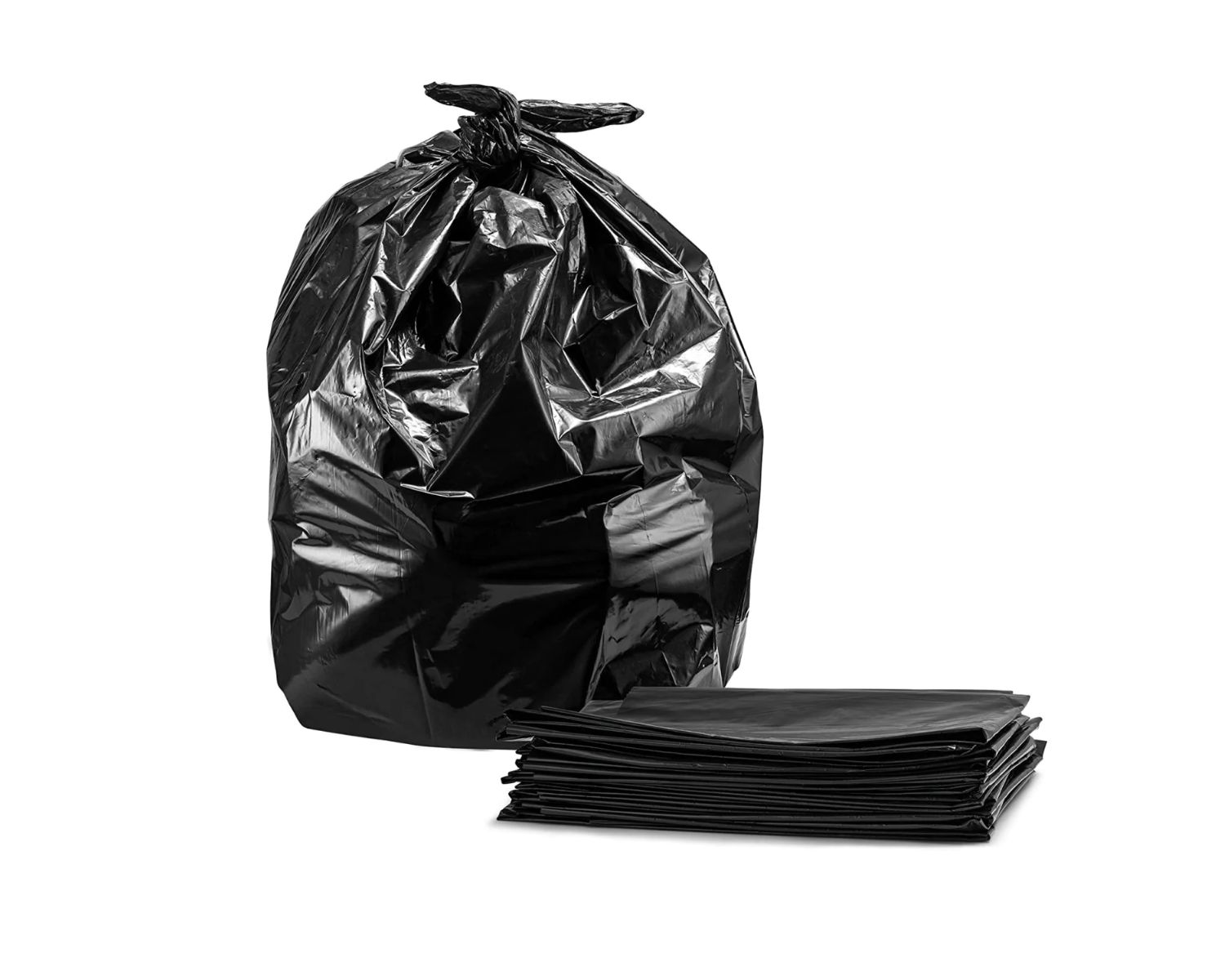
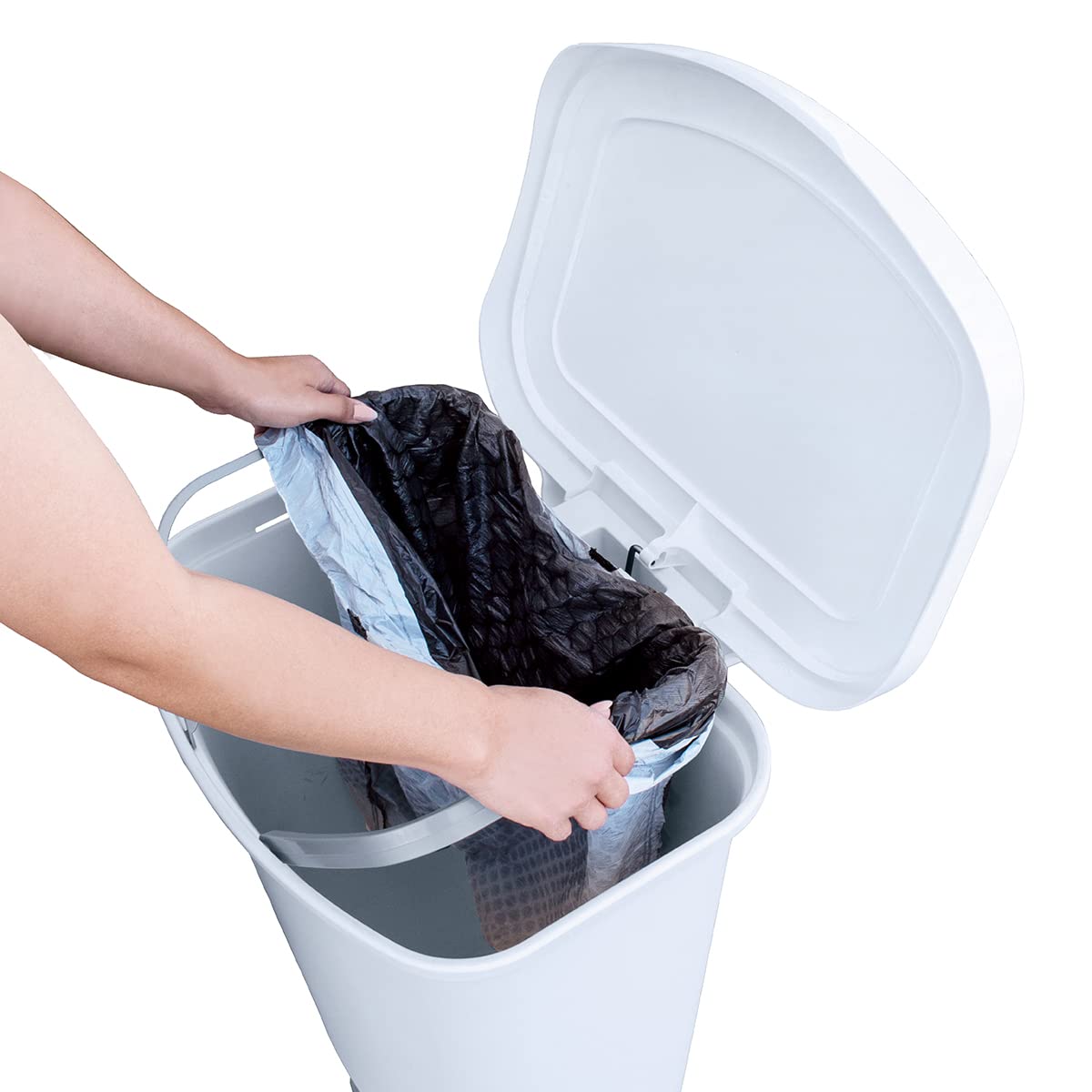
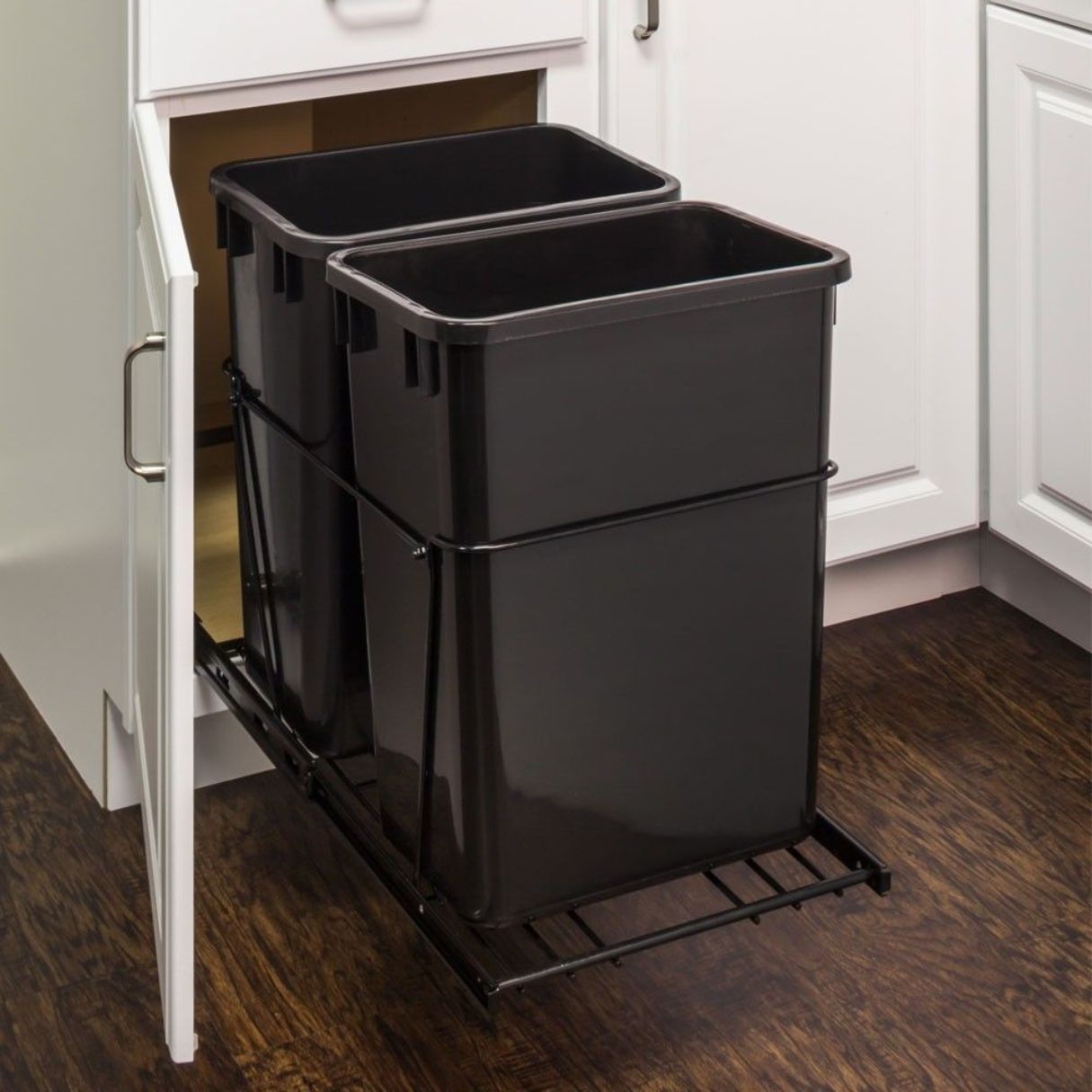
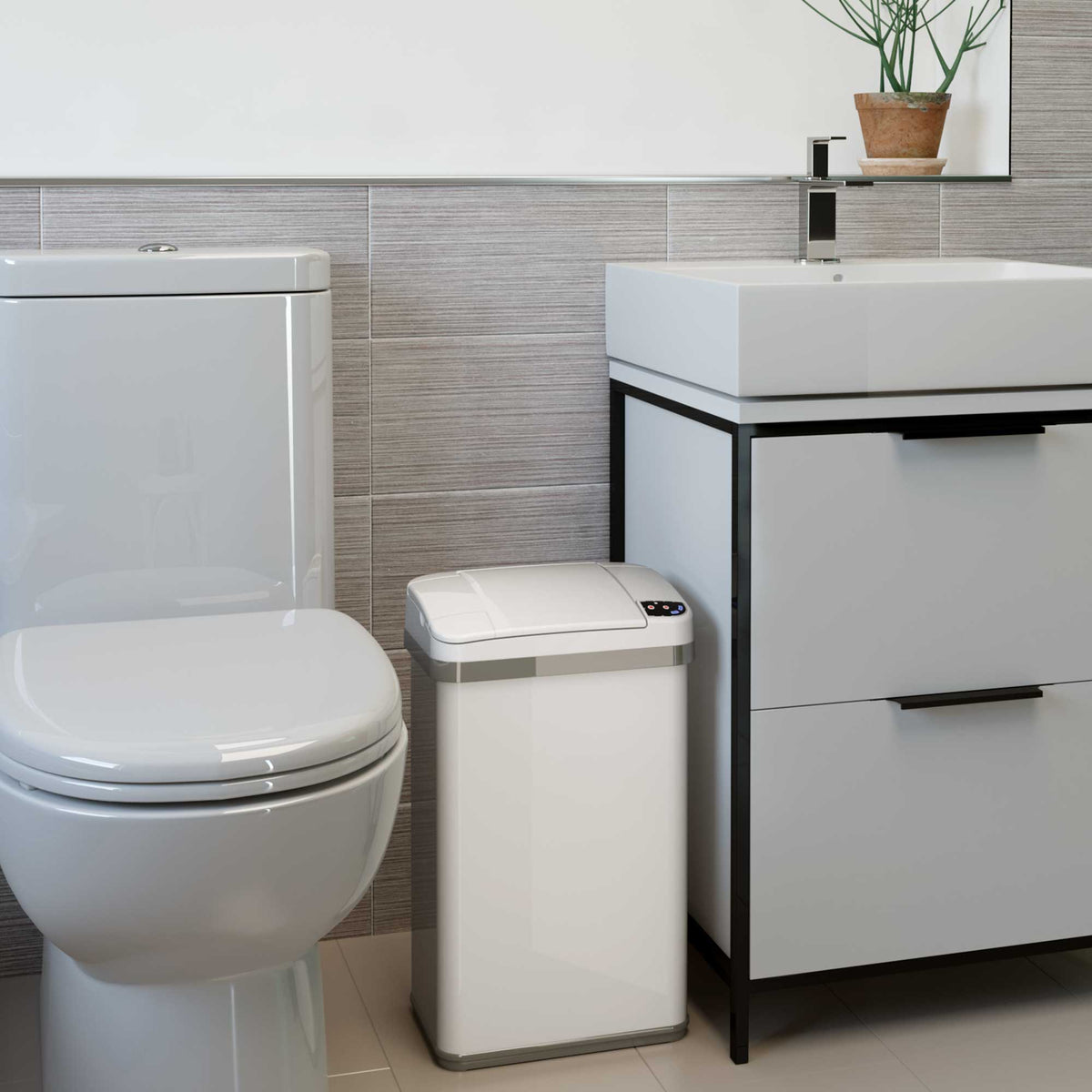
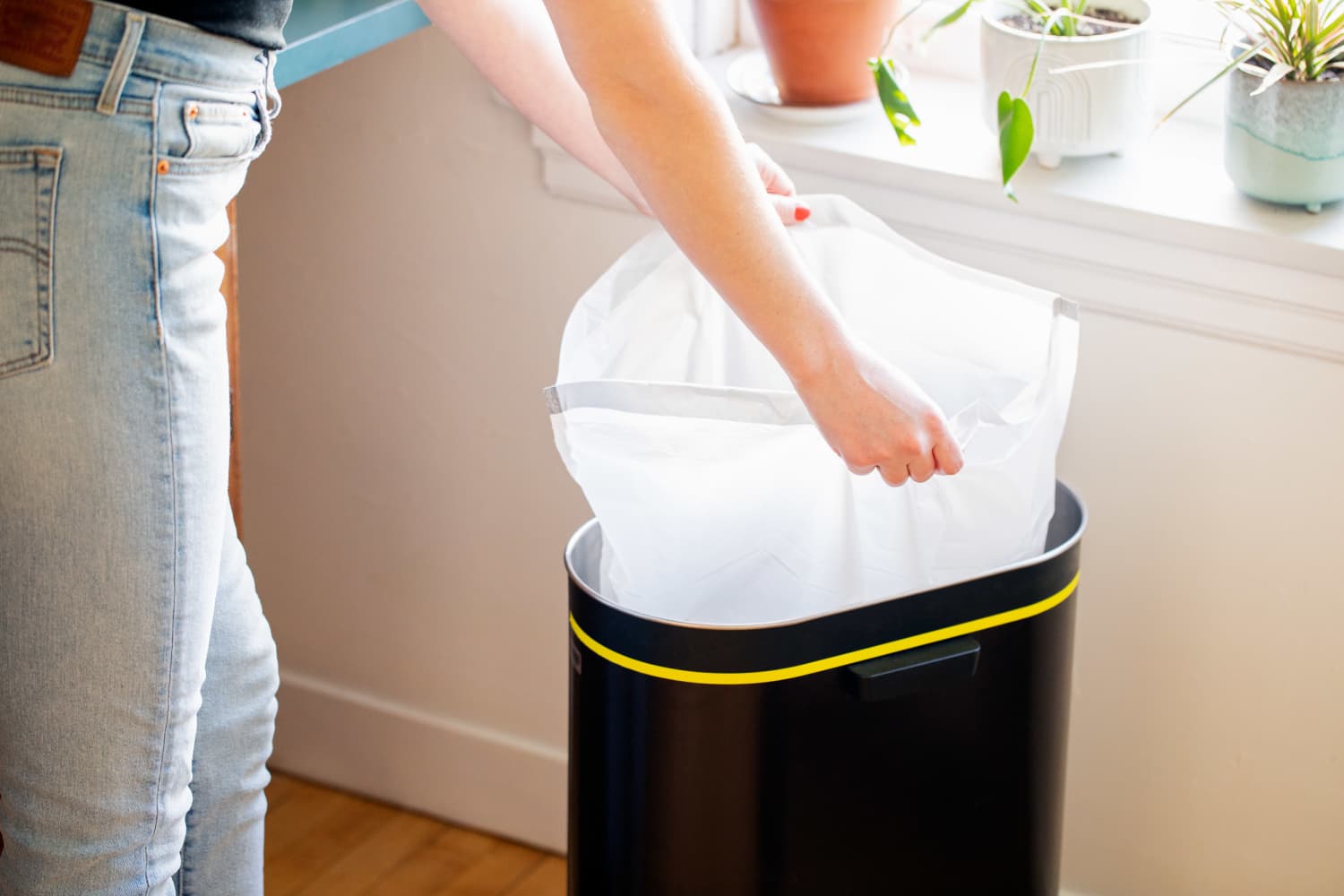
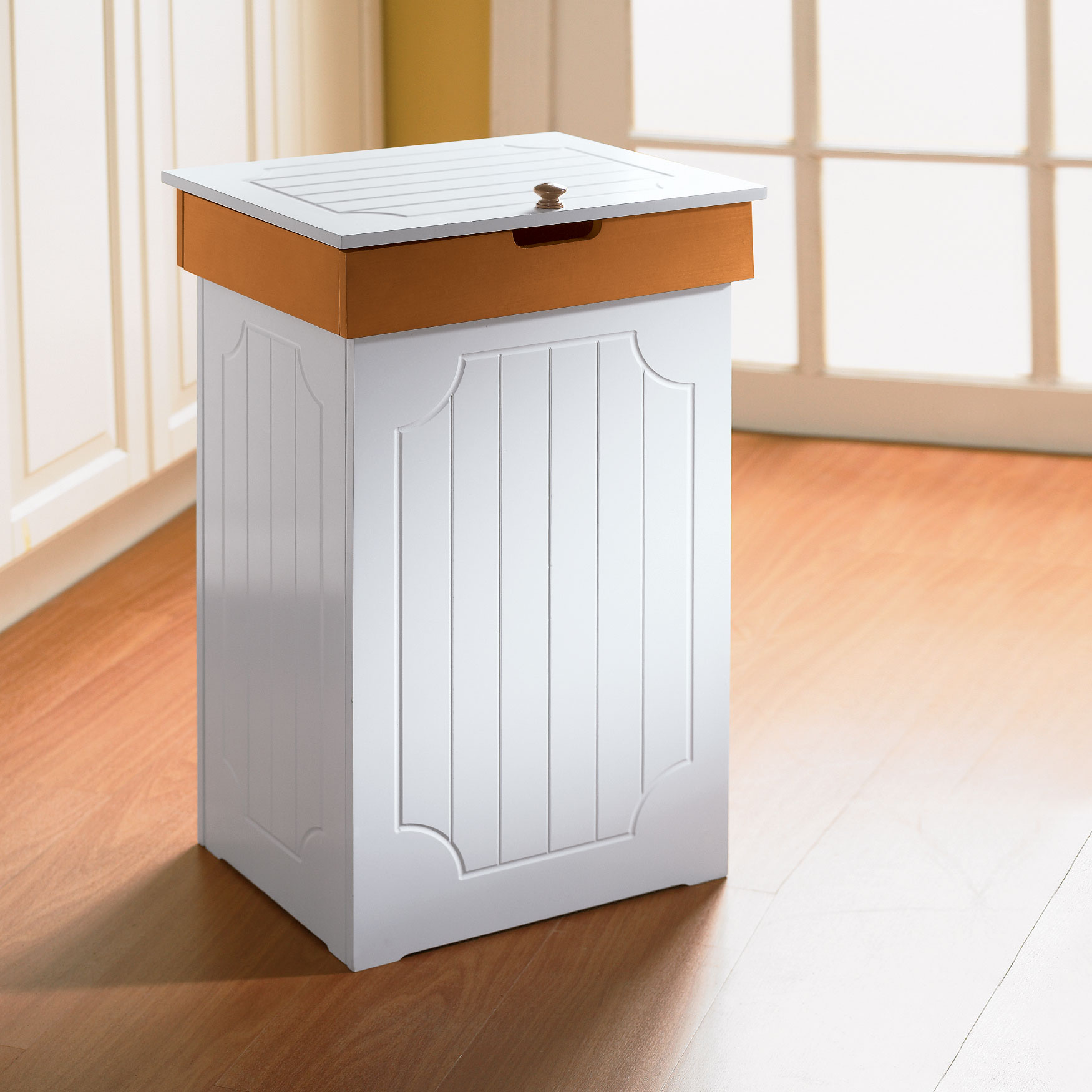
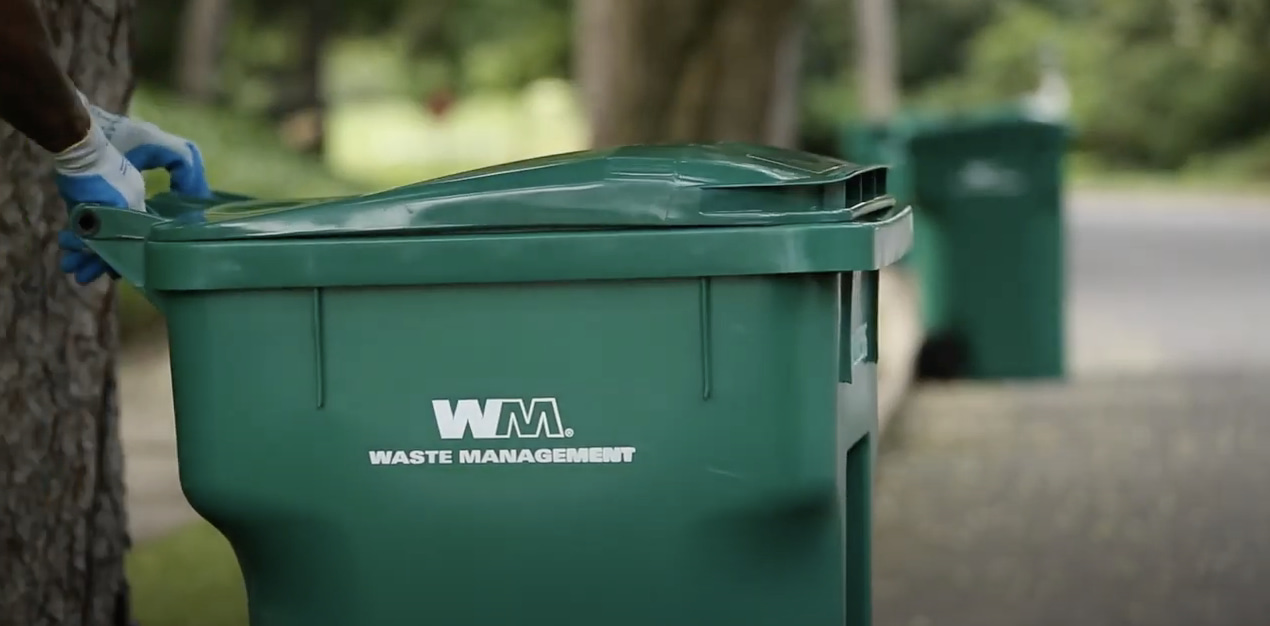
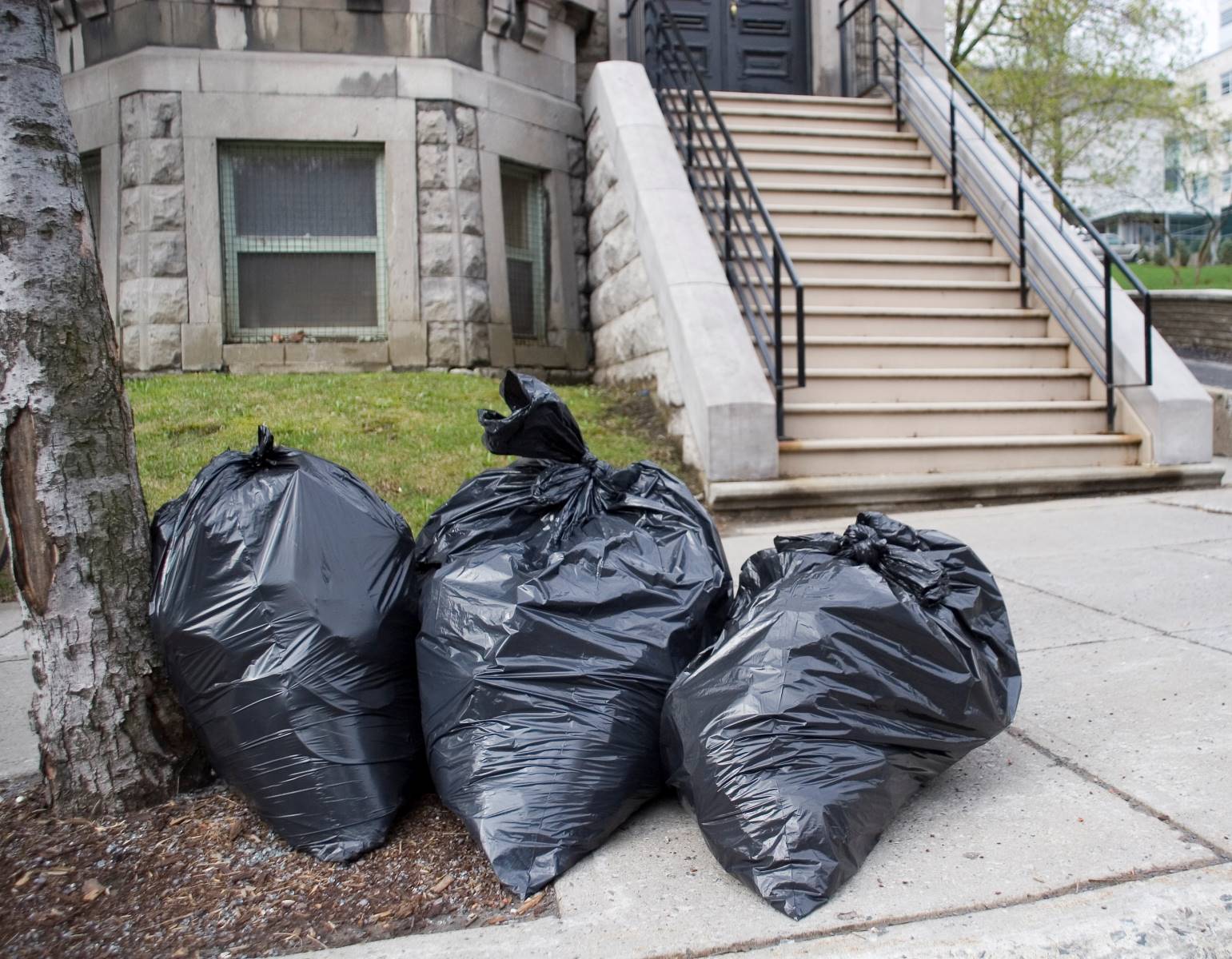
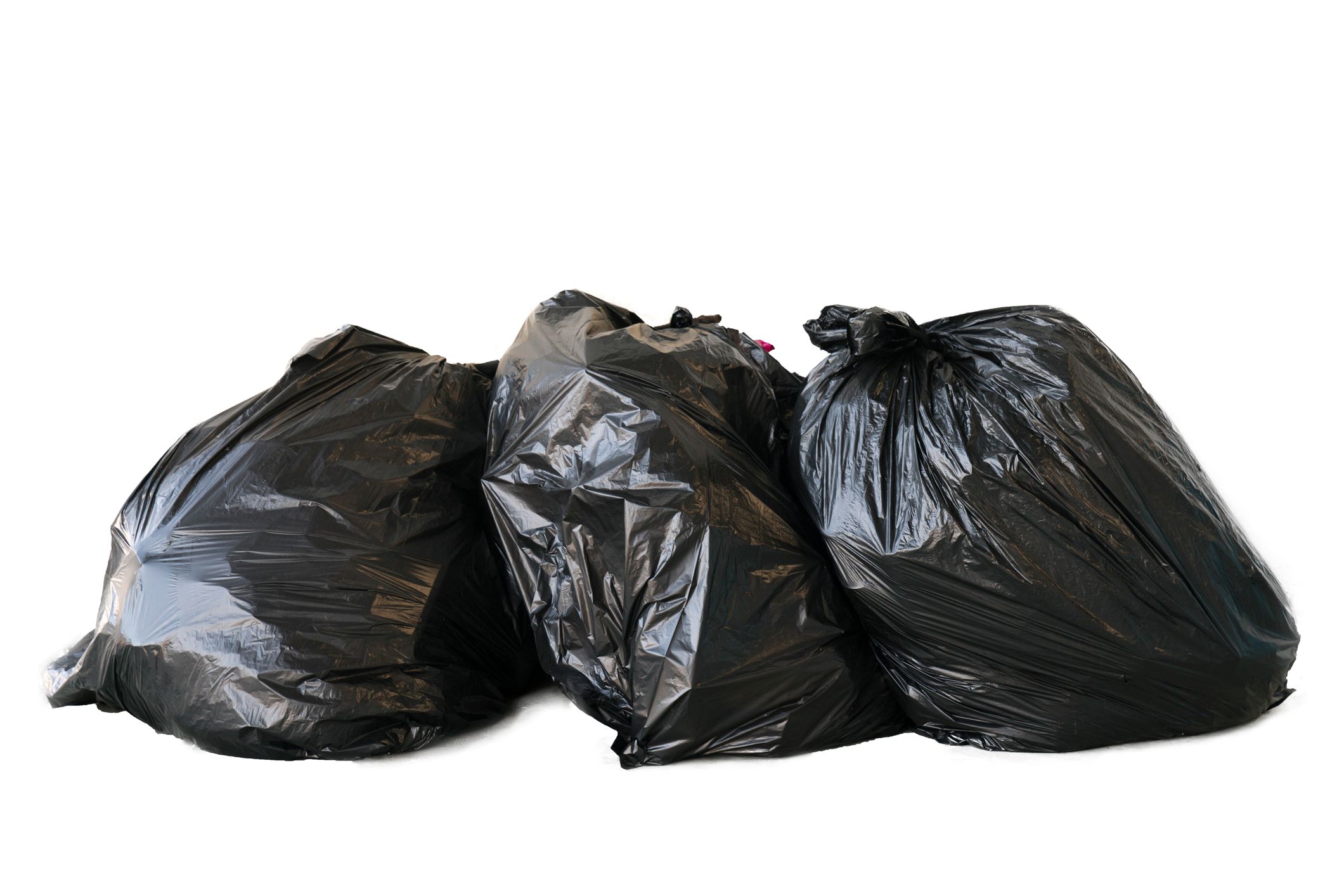
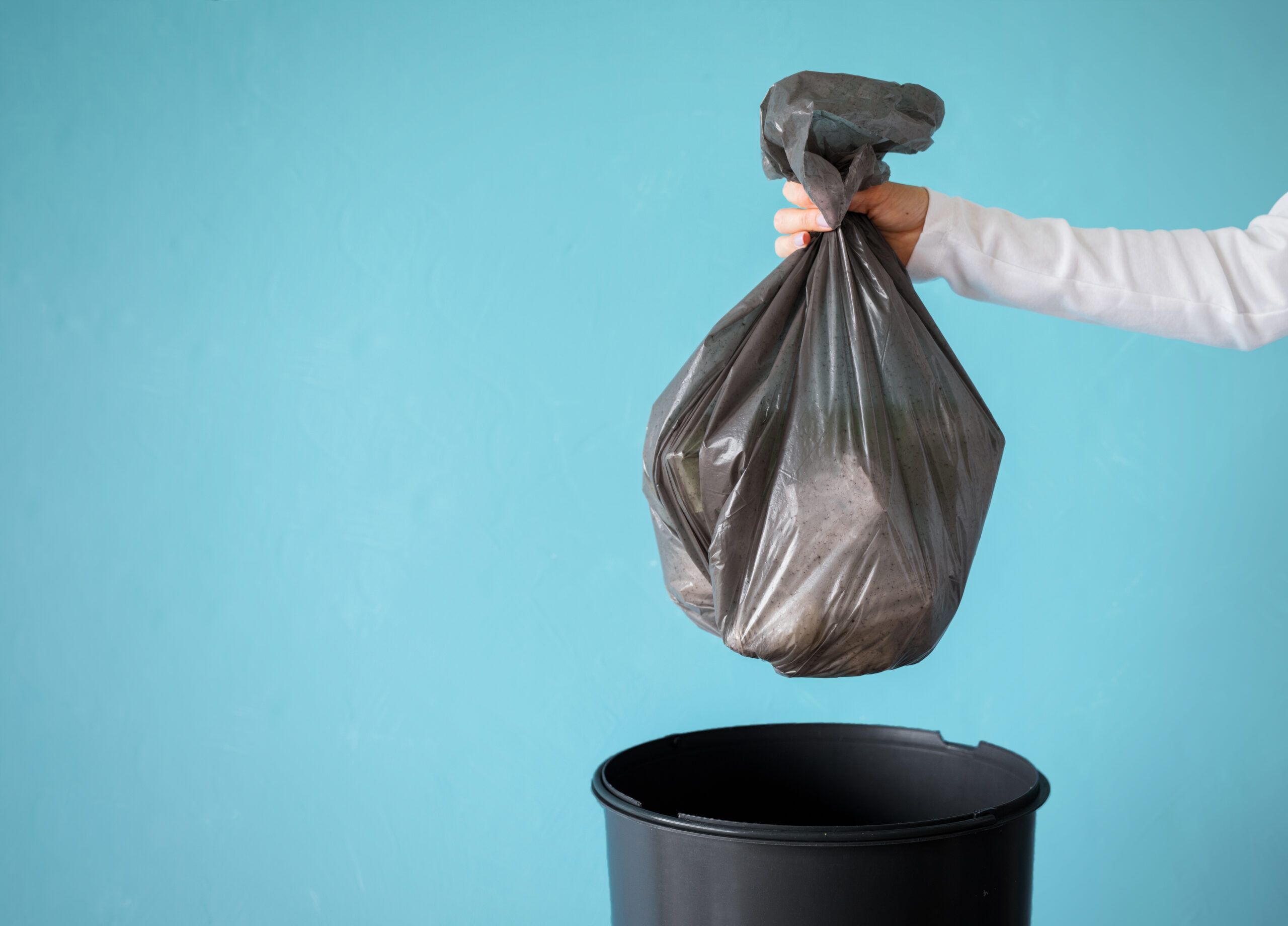
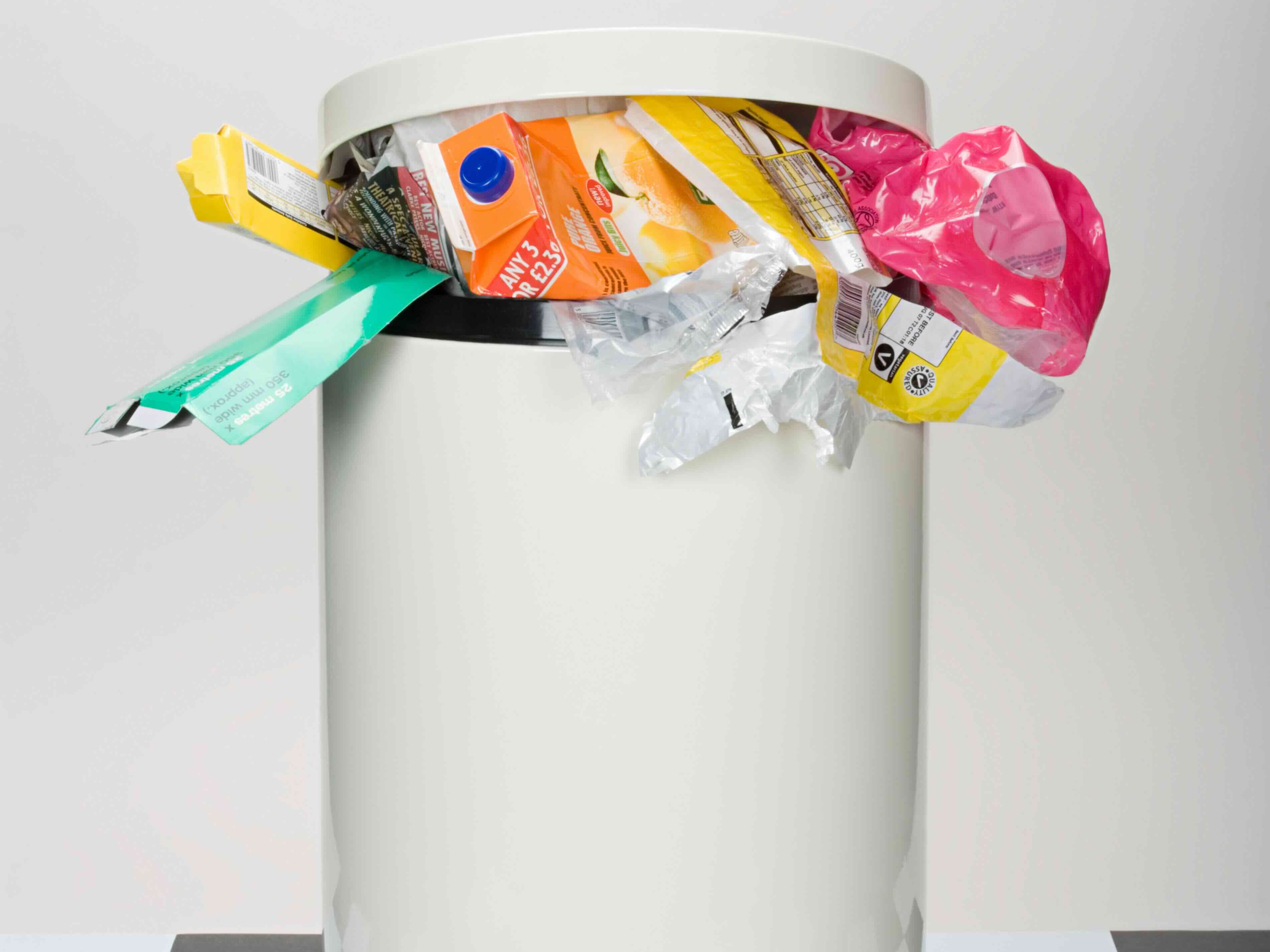
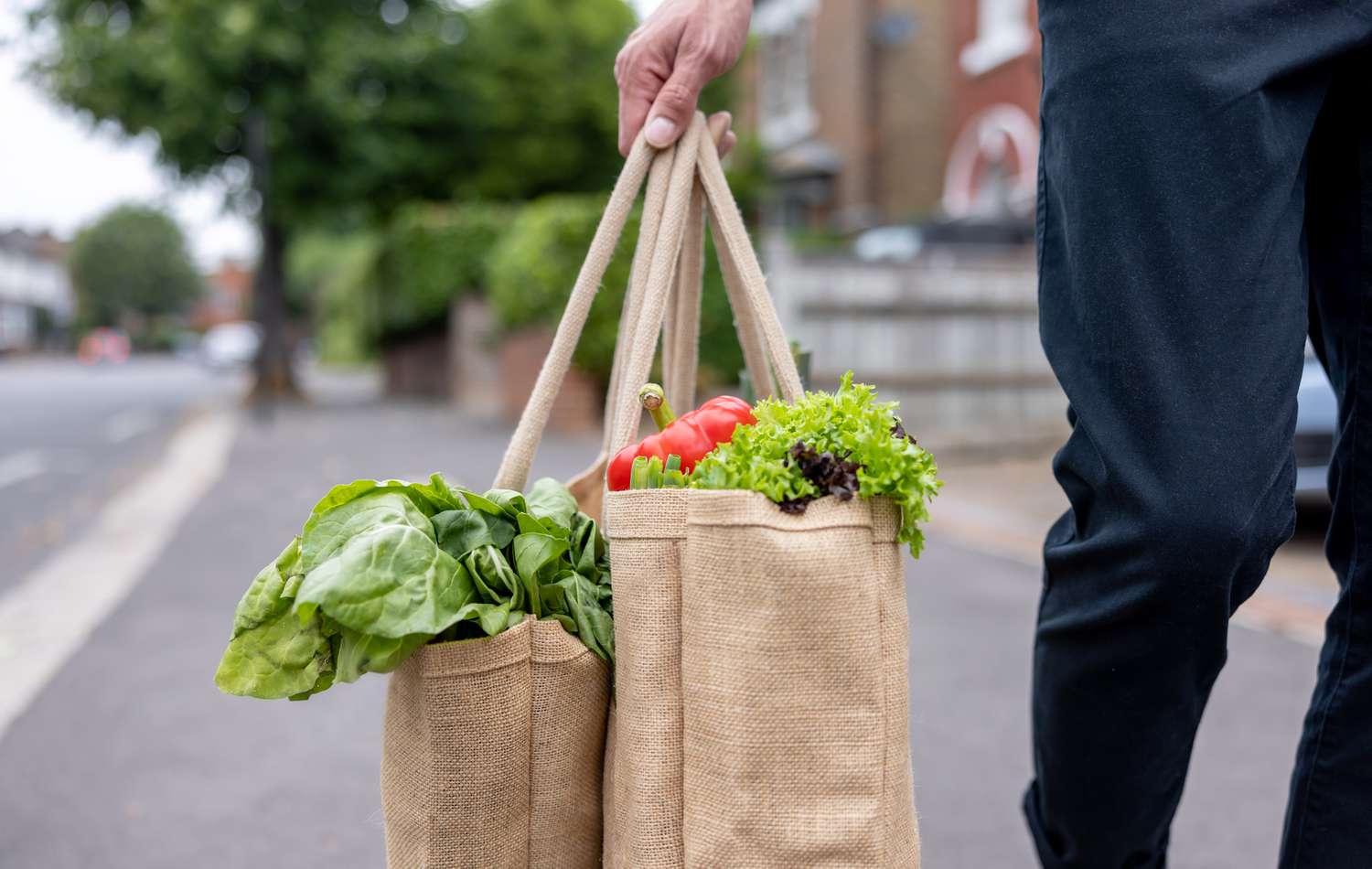
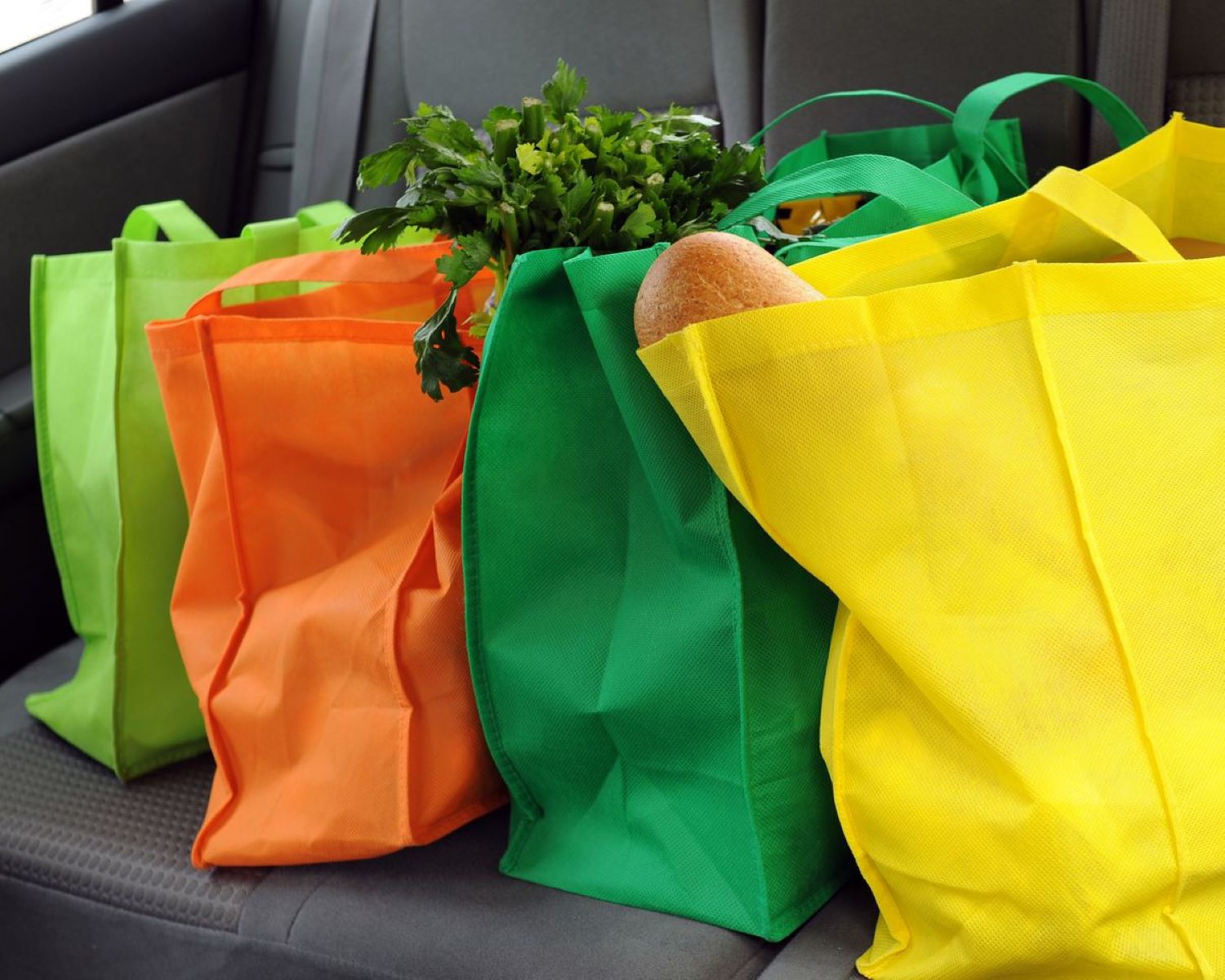
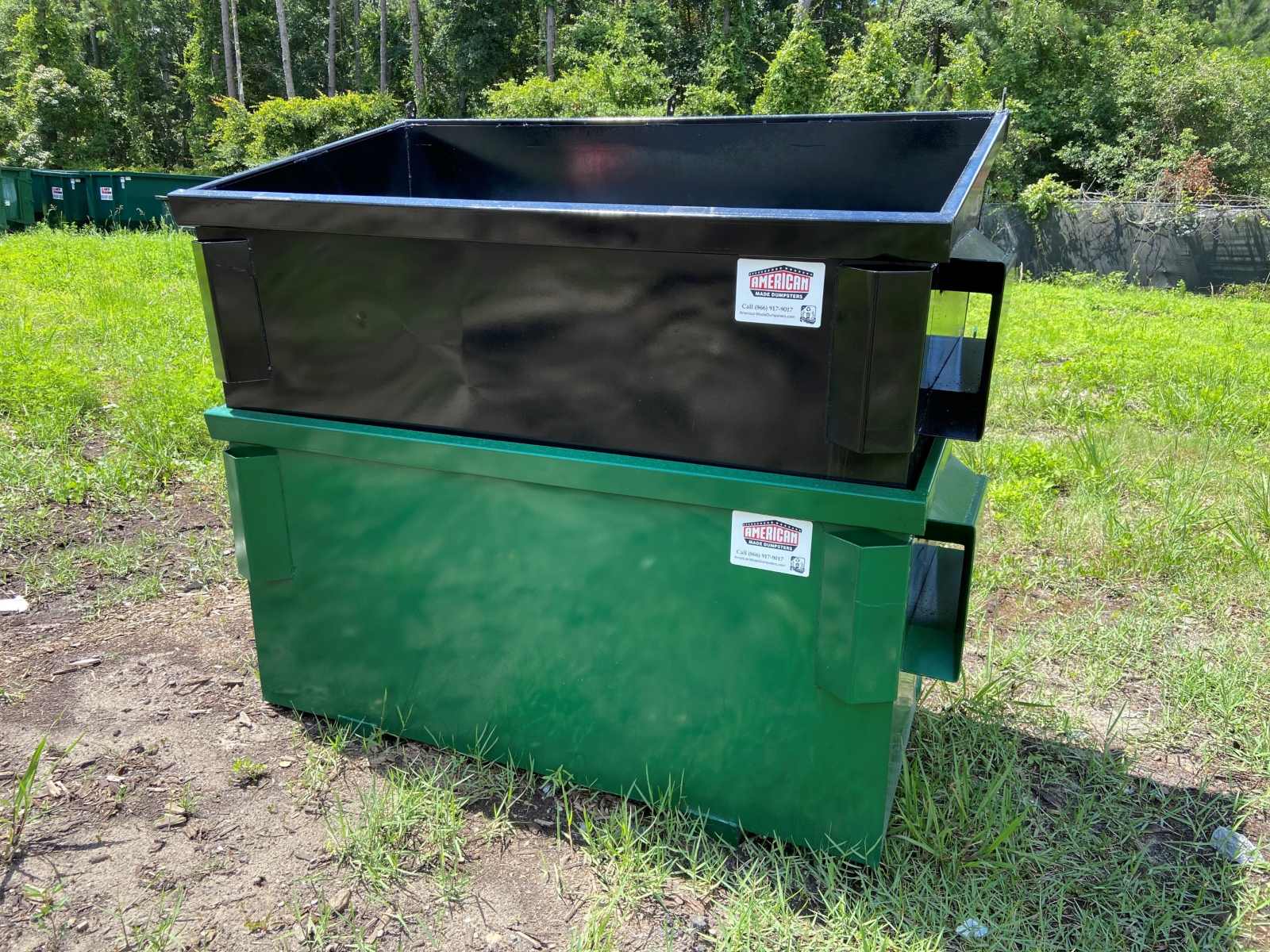

0 thoughts on “What Size Trash Can Fits Grocery Bags”